THE STANDARD BARBELL deadlift is widely esteemed as a strength training essential. For good reason, too: The compound lift fires up the hamstrings and glutes, while engaging other muscles through your quads, back, and abs. For most guys, deadlift day begins and ends with the Olympic (or straight) barbell. This unforgiving implement is generally how most strength sports (like powerlifting and strongman) engage with the deadlift, and it is a useful tool to build strength and size—but it might not be the most functional way to train the movement. That distinction goes to another piece of gear: the trap bar.
The trap bar shifts your grip from the front of your body to the sides, which is a much more natural way to lift a heavy load off the floor. When you’re hinging over to pick up a heavy load of groceries, you’re probably not ending up with the bags in front of your thighs—but that’s the way that you lift when you do the barbell deadlift. You’d struggle to walk those bags into the house if you hold them in that same position. We’re used to carrying loads on our sides, so why not train our deadlifts the same way? The hexagonal shape of the trap bar puts the load at your sides.
Still, doing the trap bar deadlift isn’t as simple as just pulling the weight off the floor. Like other variations, the trap bar deadlift requires the proper mechanics, says Men’s Health fitness director Ebenezer Samuel C.S.C.S., as he and senior editor Brett Williams, N.A.S.M., demonstrate the essentials that can keep your heavyweight lifts safe and effective.
How to Do the Trap Bar Deadlift
Follow these more detailed cues from Samuel to avoid common mistakes nail the form properly.
Know Your Position
The first key to a proper trap-bar deadlift, Samuel says, is aligning yourself with the bar: Make sure your shins are lined up directly with the center of the trap bar. You want to keep the weight in front of you—not behind you—so make sure to be a little bit in front of the bar to create optimum leverage. “Instantly you've got the weight out in front of you,” Samuel says. “And we want that weight center so that all we have to do when we deadlift is stand up.”
The second step in proper positioning is pushing those glutes back as far as possible, then bending your knees before you approach the bar. From there, it’s critical that you get a good and hard grip on the bar. “Be aggressive, don’t let this hang in your fingers,” Samuel says. “You’re going to need all the strength and stability in this position, and holding the bar tightly is a major component.”
When it comes to head and neck positioning, a few options are available. While it’s not necessarily wrong to be looking up throughout the lift, Samuel says it could potentially lead to some neck discomfort. Instead, look to create a more neutral head position. (An additional tip, Samuel says, is to have a partner place a broomstick on top of you to find that proper deadlift alignment.)
Create Tension
Now that you have your glutes and grip set, create proper tension by protecting your shoulders and biceps. Samuel suggests squeezing your shoulder blades tight, then turning the pits of your elbows forward. “You’ve instantly turned on your rotator cuff musculature on, your lats. Now you want to carry all of this tension into the deadlift,” Samuel says.
Before you finally begin that pull, another tip Samuel suggests is to make sure your hips are lower than your shoulders. Get your hips higher than your shoulders, your back becomes the lever for the deadlift. “We don't want that to happen,” Samuel says. “We want our hamstrings and glutes to drive this motion. And to do that, we've got to make sure that hips stay lower than shoulders.”
There’s one final point to mark off your checklist, an important one, Samuel says. Do not sabotage your setup by “diving down” with your arms in a misguided attempt to create more power. “There's no point in doing that,” Samuel says. “As soon as you drop your arms, you lose your back position, your hips are higher, and you’ve lost all the tension you worked to create. You wasted everything you did before the rep.”
Don’t Neglect the Descent
The back half of the lift is equally as important as the front half. If you lower the bar back down in an incorrect position, tension will roll into the low back, making injury possible. But, gym bros everywhere slam weight down and forget to maintain proper positioning on the descent.
Start this movement by pushing the butt back, maintaining the straight line through the spine until you feel as though you can’t push back anymore, Samuel says. This mimics the positioning at the front of the lift. Once you hit the end point (which will feel like a deep stretch in your hamstrings), drop the hips by bending at the knee until the bar is lowered to the ground.
“Don’t be afraid to treat this like a focused eccentric movement. Take your time getting down there so you can learn the motion,” Samuel says.
Determine Your Method
There’s two methods to determine the pacing of your reps. The “touch and go” method does exactly as it sounds— the bar taps the floor, and you quickly push into the next rep. A more traditional approach involves releasing the weight to the ground and resetting position before popping into the next rep.
It’s important to decide which method you’re taking before you begin your lift, because the touch and go method requires more conscious core activation, says Samuel. Know which route you plan to take before starting— if you choose to touch and go at the last second, your core may not be ready, transferring tension into your low back.
Samuel recommends starting with the traditional method when you’re first learning technique. This way, your body has time to get a feel for proper mechanics before trying touch and go.
Benefits of the Trap Bar Deadlift
YOU'LL HAVE A more natural motion when you lift than when you use the standard barbell. “It's going to be a lot easier and a lot more natural for you to pick up in the trap bar," Samuel says. "You're going to be able to get explosive with this, use it for power and still move some serious load.”
This can be extremely useful for people who have anatomical issues that aren't ideal for the standard version of the exercise (people with long legs, low back issues, etc).
Once you master the form, you should also be able to lift more weight with the trap bar deadlift than any other exercise in your arsenal. This can be useful for building strength and muscle.
Common Trap Bar Deadlift Mistakes
JUST BECAUSE be working within a more natural position than your conventional deadlifts you shouldn't ease up on fundamental hinge mechanics and proper posture. Make sure to keep your neck in a neutral position by keeping your gaze fixed on the ground slightly in front of you (in other words, don't look up when you lift).
Another common mistake is engaging in the lift with your hips above your shoulders. Then, the back becomes the lever for the movement, and you'll put yourself at risk of injury.
Samuel also warns of losing tension created by your posture by dipping your arms and bending your elbows before you initiate the lift. Also be wary of your hips—if you start the movement with your hips, you won't be engaging your glutes and hamstrings properly.
Who Should Do Trap Bar Deadlifts
THE TRAP BAR deadlift is a great movement for people who have issues with the standard straight bar deadlift. This is also a potentially better choice for lifters who are more focused on building muscle than sport-specific performance (bodybuilders vs. powerlifters, CrossFitters, or strongman competitors who perform barbell deadlifts in competition). That said, the trap bar can also serve as a great supplement to standard deadlifts for those strength sport athletes.
How to Use the Trap Bar Deadlift in Your Workouts
AGAIN, THE TRAP bar deadlift should be a heavyweight movement. You should program it as a leadoff for your lower body or pull workouts, especially if you want to push weight, so you come to it as fresh as possible.
Still, you shouldn't just pile on the plates right away. Samuel recommends that beginners start with four sets of eight to 10 reps to start. Once you're confident in your pulls, you can add more weight and work in configurations like four sets of three to five reps and even single rep sets.
Want to master even more moves? Check out our entire Form Check series.










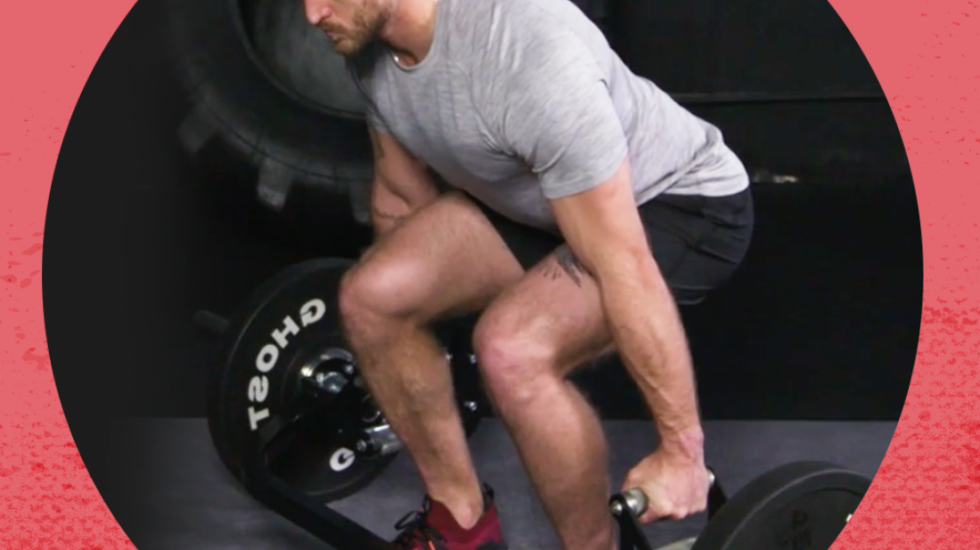




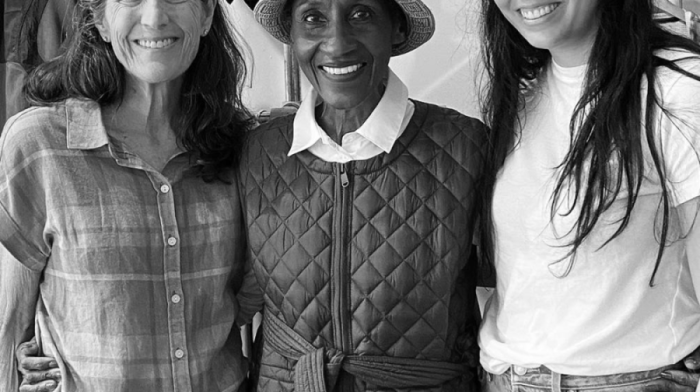
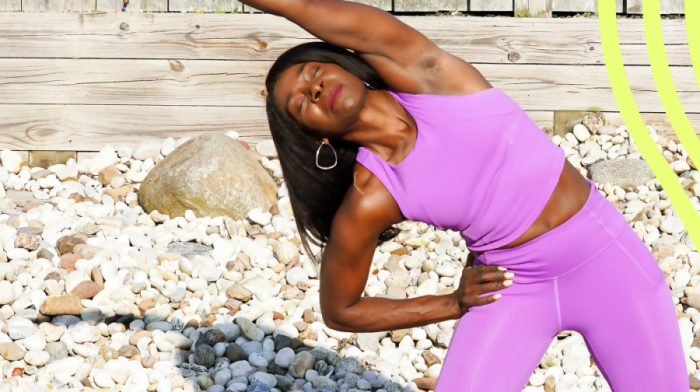

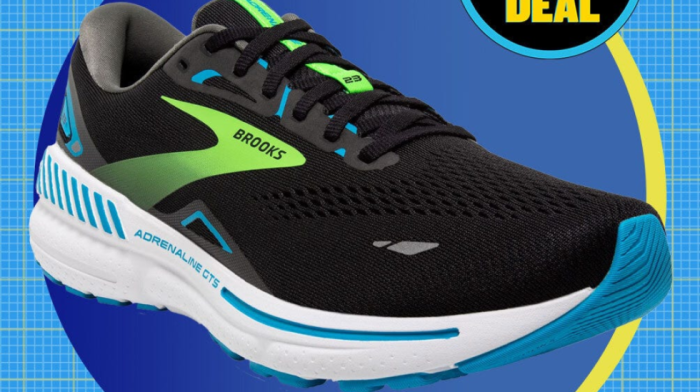
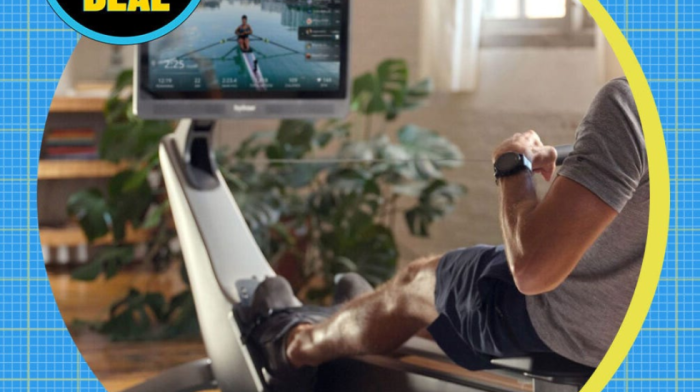
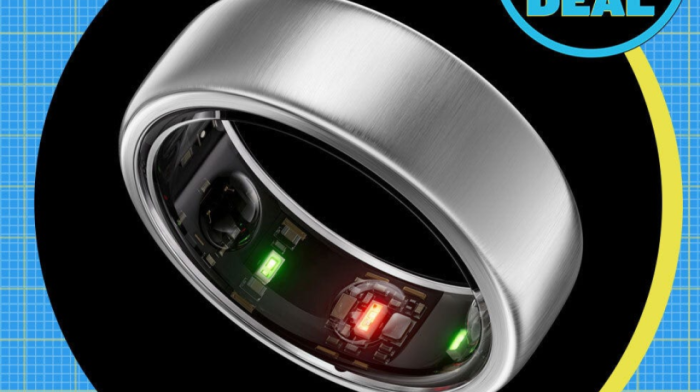
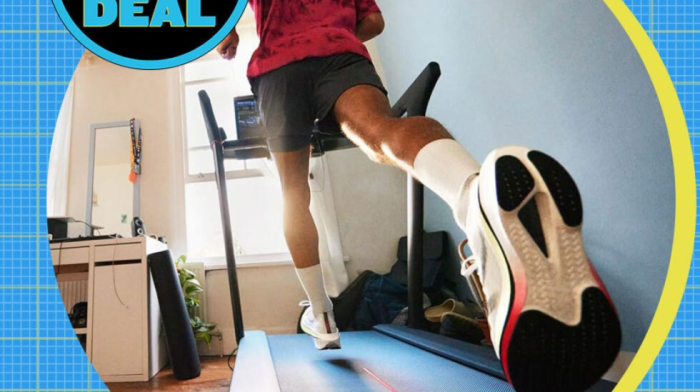
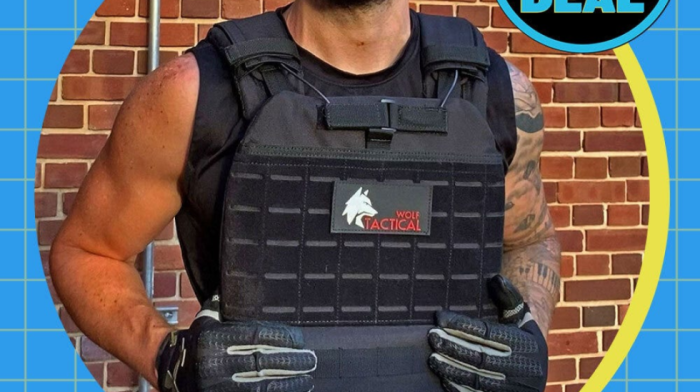
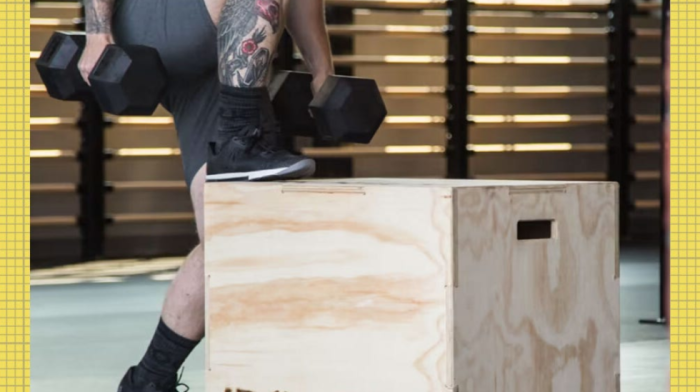

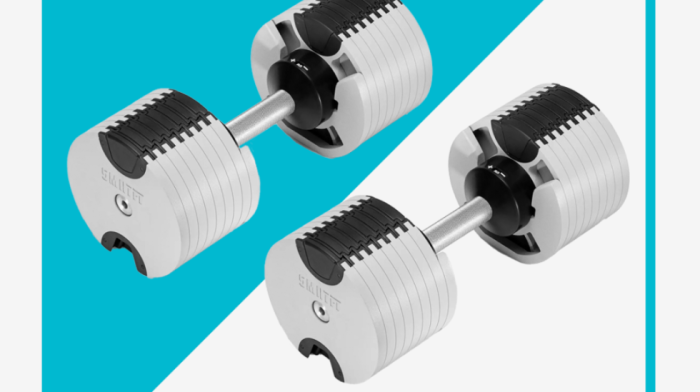
Comments (0)